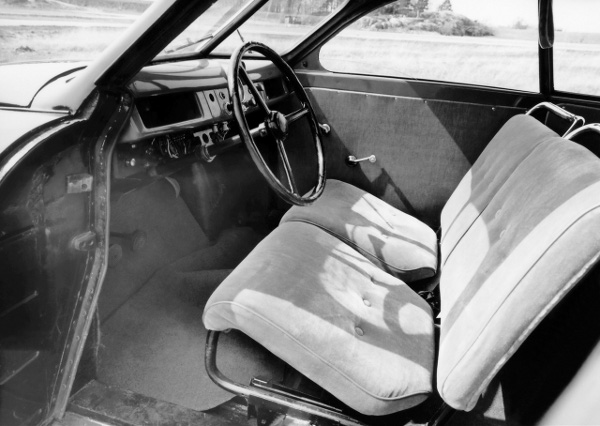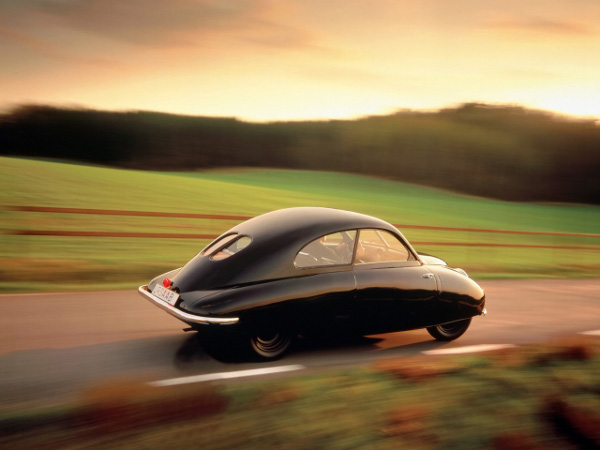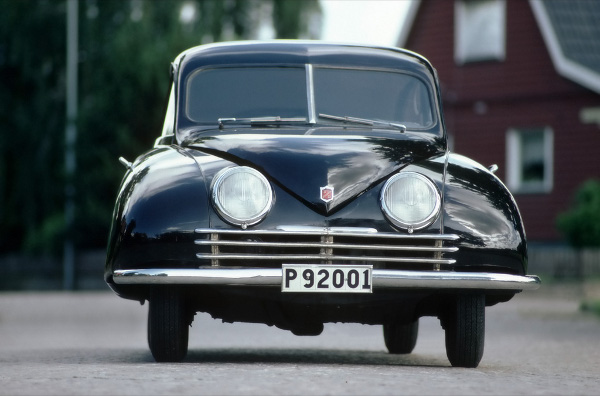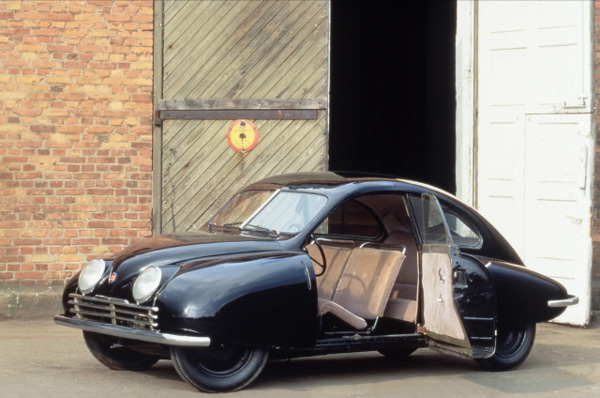As the Saab story is facing some dark times, we thought it was a good time to look back at where this story began. In 1947, the Swedish aircraft manufacturer Saab revealed a prototype that would bring their manufacturing know-how out of the skies and onto the roads of Europe.
This prototype was 1946 Saab 92001 Ursaab, a car with such unusual, aircraft-inspired styling that it appeared like nothing else on the road.
Ursaab, also known as 92001 and X9248, was the first of four prototype cars made by Saab AB, which at that time was solely an aeroplane manufacturer, leading to production of the first Saab car, the Saab 92 in 1949. The car is now in the Saab Car Museum in Trollhättan. The name “Ursaab” means “original Saab”.
An automobile design project was started in 1945 by Saab AB, a manufacturer of warplanes, with the internal name X9248.The design project became formally known as Project 92; the 92 being next in production sequence after the Saab 91, a single engine trainer aircraft.[3] The aim was to design a car that would compete with small German cars like Opel Kadett, DKW and Adler.

The target consumer price was 3200 SEK. Bror Bjurströmer, who was then head of the design department, developed a 1:25 scale sketch and the overall design specifications, which included the following: a wheelbase of 2.75 metres (108.3 in) and total length of 4.5 metres (177.2 in); employment of a monocoque design; 50% less drag than other cars; 800 kilogram maximum weight; power from a transverse-mounted two-stroke engine; and front-wheel drive. The choice of rear-hinged doors was made by Gunnar Ljungström (head of the development team) as he wanted to lessen the risk of damaging doors whilst driving out of a garage.
The company made four prototypes, 92001 through to 92004, before designing the production model, the Saab 92, in 1949.














